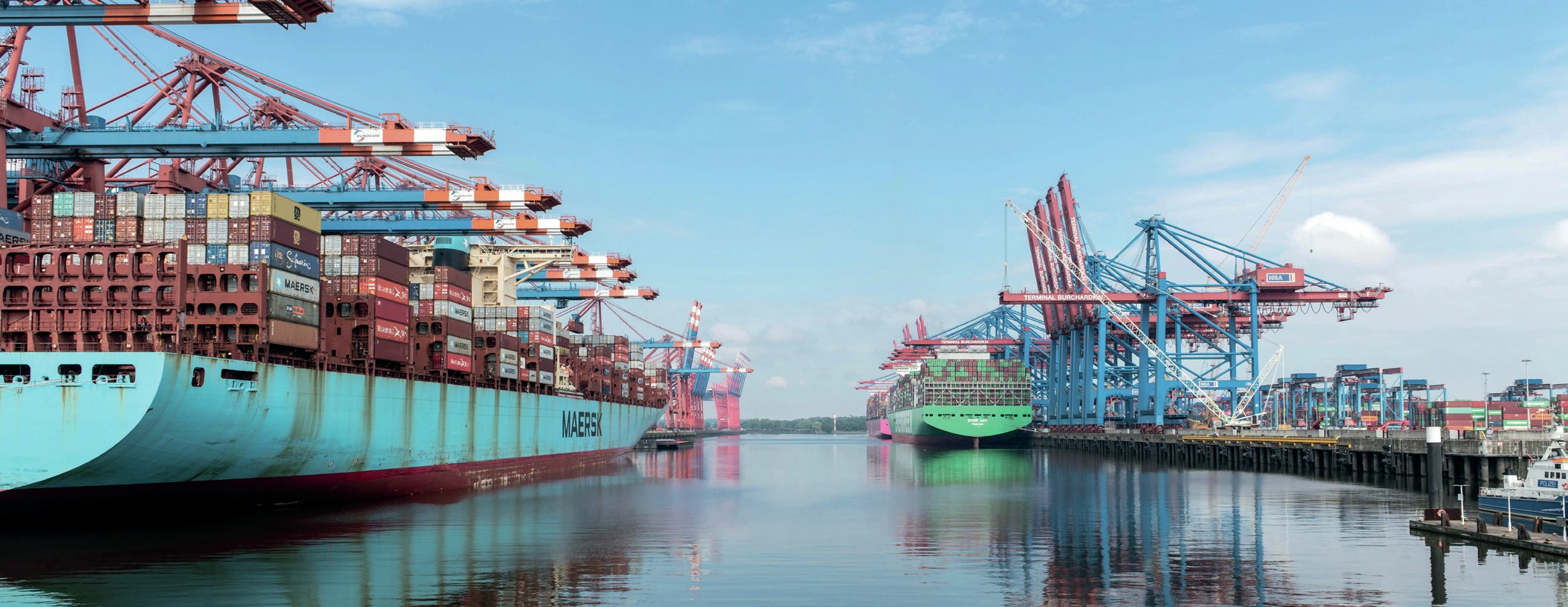Fertilizer International 517 Nov-Dec 2023

30 November 2023
Brazil’s grand plans

“Brazil wants to reduce its total fertilizer import dependency to around 60 percent by 2050 – with specific targets for nitrogen, phosphate and potash imports”
Brazil is a powerhouse agricultural economy, ranking as a top three global exporter of soybeans, corn and sugar. It is also the world’s number one producer and exporter of oranges and orange juice – as highlighted in our current issue (p18).
Yet, to maintain production on this enormous scale, the country is highly reliant on imported agricultural inputs – this dependency being most acute for fertilizers. Annually, Brazil imports 85 percent of its total fertilizer needs. Imports of crop nutrients at this scale are essential for maintaining its powerhouse status, with more than 70 percent of all fertilizer consumption going to the cultivation of just three crops: soybeans (44 percent), corn (17 percent) and sugar cane (11 percent).
In March 2022, Brazil launched its National Fertilizer Plan to great fanfare. Designed to reduce its overdependence on fertilizer imports, the plan was released with some urgency at a time of great market uncertainty.
The preceding 12 months had been a truly unprecedented period for the global fertilizer market characterised by record breaking (and volatile) fertilizer prices and supply security fears. The latter were focussed on sanctions-hit Belarus and Russia, two key fertilizer suppliers to the Brazilian market. It was this combination of factors that gave the national plan added impetus.
The plan’s overall goal is to reduce Brazil’s total fertilizer import dependency to around 60 percent by 2050 – with specific targets for nitrogen, phosphate and potash imports.
Brazil is targeting a reduction in phosphate dependency from around 70 percent currently to between 25-35 percent by 2050. For nitrogen, the ambition is to cut reliance on overseas supplies by 61-71 percent. The target for potash is even more ambitious – the aim being to cut import dependency from 98 percent of consumption at present to around 40 percent over the next three decades.
So, how to get there?
One major objective is to incrementally increase installed nitrogen capacity to 2.8 million metric tonnes by 2050. Brazil’s government has set out grand plans to help achieve this. It wants to draw in more than $10 billion of private investment and attract at least six more domestic nitrogen producers – two by 2030 and then another four by 2050.
Brazil currently has five operational nitrogen fertilizer plants. Unigel’s Camacari site in Bahia has a urea unit with an installed capacity of 475,000 t/a, while two units at its Laranjeiras site in Sergipe offer 650,000 t/a of installed urea capacity and 320,000 t/a of capacity for ammonium sulphate. Yara Brasil also operates 416,000 t/a of domestic ammonium nitrate capacity.
Yet, due to poor natural gas supply and low operating rates, Brazil only produced 224,000 tonnes of nitrogen fertilizers in 2020, just 4.3 percent of domestic demand. The priority, therefore, is to improve access to natural gas – to allow existing plants to fully function and to improve the natural gas availability needed for any future expansion in nitrogen fertilizer production. Brazil is therefore seeking new bilateral natural gas agreements with its neighbours, Bolivia and Argentina, to improve its supply access.
For phosphates and potash, Brazil’s focus is on pathfinder mineral exploration work. The government is aiming to boost domestic phosphate rock production to 27 million t/a by 2050 and, over the same timescale, gradually raise national potash production capacity to six million t/a. Ultimately, the fertilizer plan wants to increase the number of domestic phosphate producers to 10 and the number of potash producers to 20 by 2040.
In the near term, EuroChem’s one million tonne capacity Serra do Salitre phosphate fertilizer project in Minas Gerais state (Fertilizer International 507, p58) is scheduled for completion in April 2024. The project could supply up to 15 percent of Brazil’s demand, according to EuroChem.
Mosaic Fertilizantes, which operates the Taquari mine in Sergipe state, is Brazil’s only major potash producer. The company is investing $154 million and installing new production machinery at Taquari with the aim of boosting potash output to 450,000 tonnes in 2024, compared to 300,000 tonnes last year.
New entrant Brazil Potash, meanwhile, is developing the 2.2 million t/a capacity Autazes potash project in Brazil’s Amazonas state (p51).






